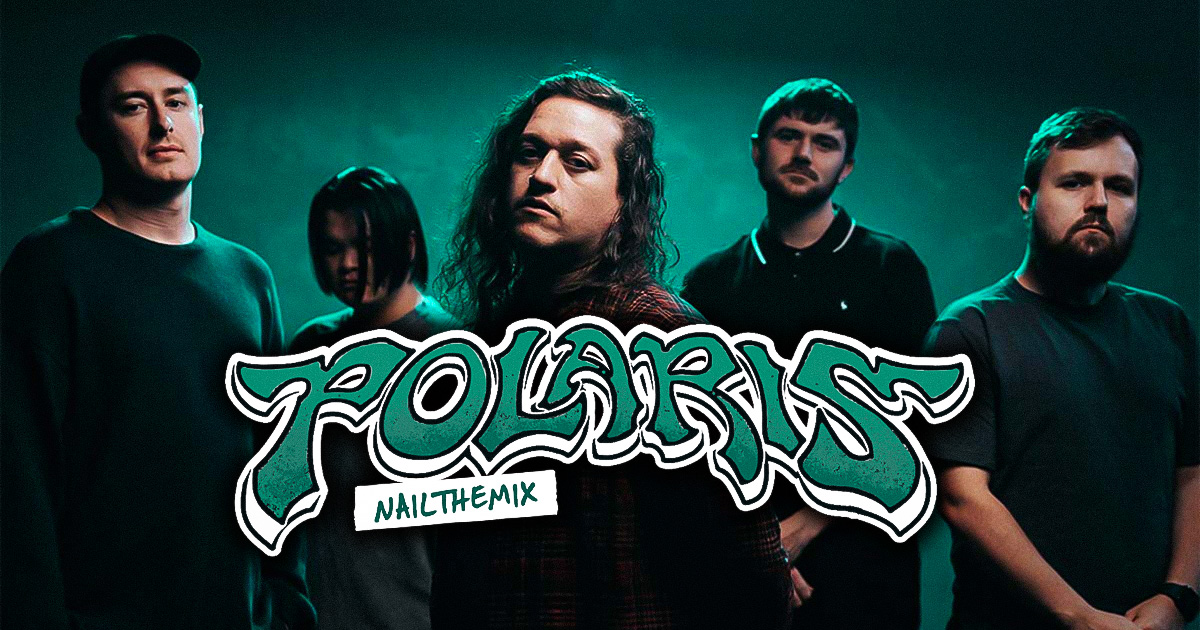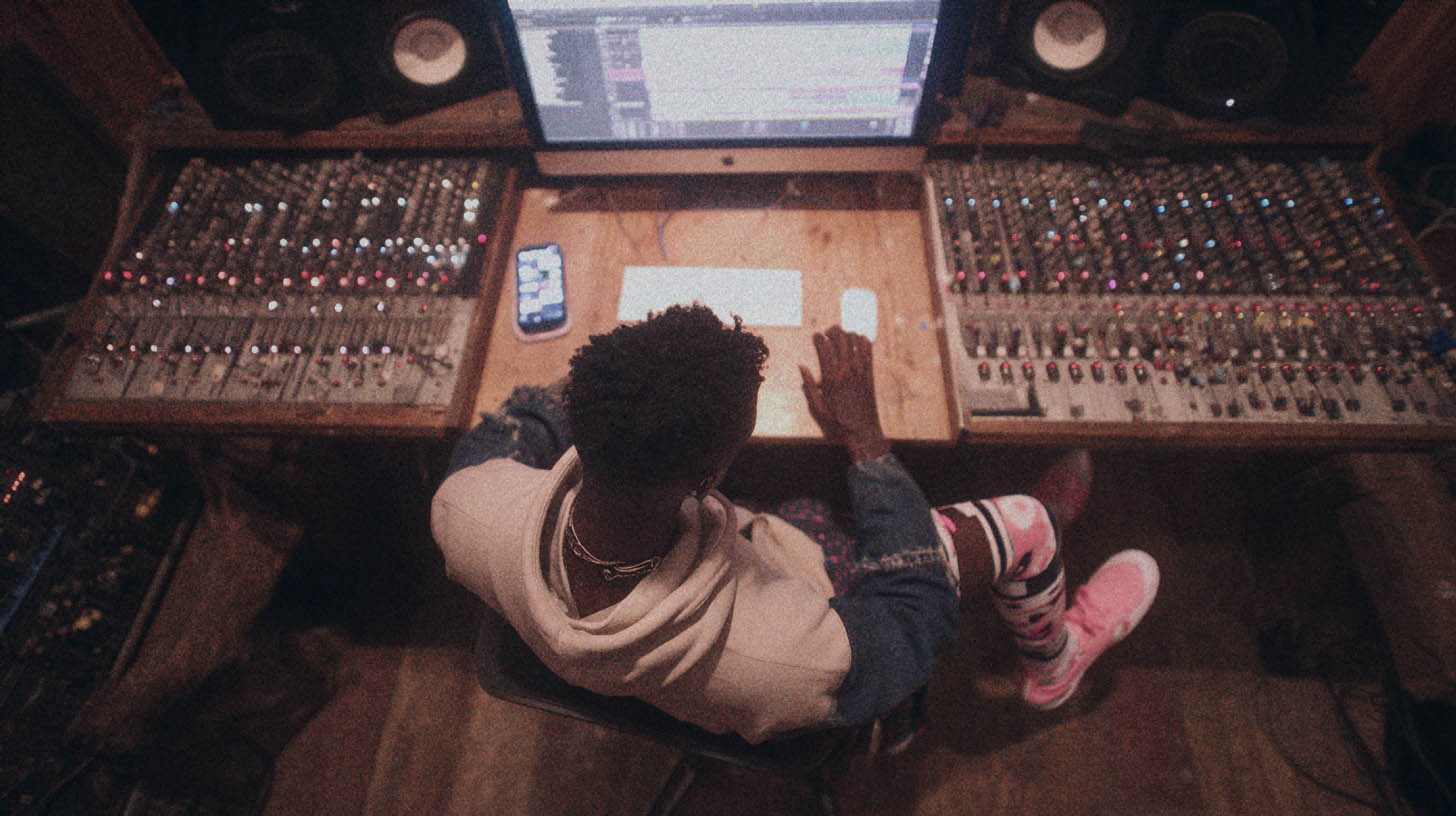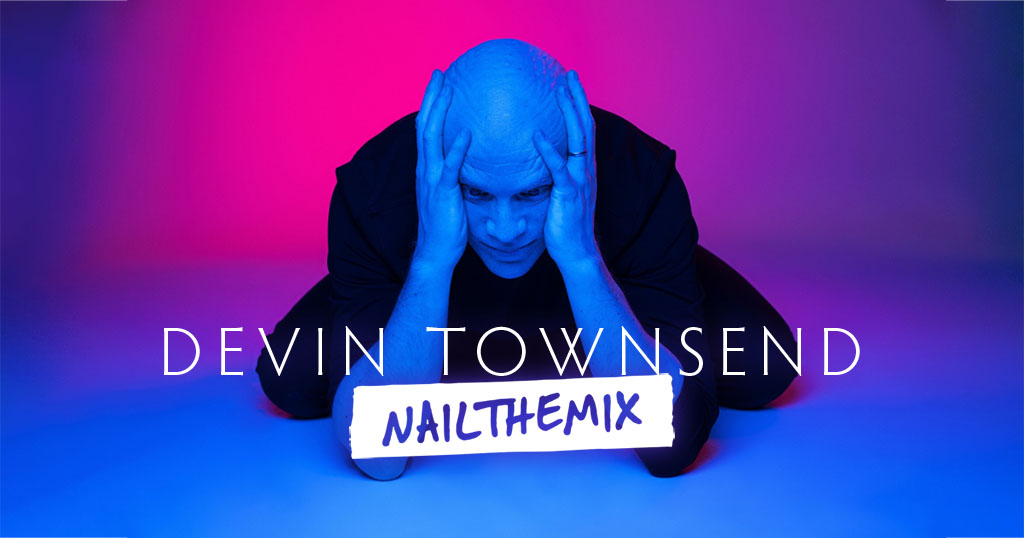
How Lance Prenc Achieves Insanely Loud Mixes for Polaris
Nail The Mix Staff
Let’s be honest, the loudness wars in metal never really ended—they just got smarter. Modern productions, like the absolute sonic assaults from Polaris, are punishingly loud and dense, yet they still feel punchy and dynamic. How do they pull that off without turning the entire track into a fuzzy, distorted mess?
The answer lies in the mix bus, and in the case of Polaris, it’s all about the crafty techniques of producer and mixer Lance Prenc. Forget just slapping a single limiter on the master and cranking it. Lance’s method for achieving extreme, yet controlled, loudness is a masterclass in transparency through aggression. It’s a multi-stage process that systematically tames peaks before they ever have a chance to make a limiter sweat.
We got a look inside his session for Polaris, and the secret is a chain of clippers, each doing a small part of the job to create one massive-sounding whole. If you’ve ever wanted to get that “commercially loud but still hits hard” sound, this is how it’s done. You can see his entire process and grab the multitracks for this session in the Polaris session on Nail The Mix.
The “Why” Behind Staging Your Clippers
Before we dive into the specific plugins, let’s talk philosophy. Why use four or five plugins to do a job that one could seemingly do? Lance’s approach is all about transparency.
Think of it like compression. If you need 8dB of gain reduction, slamming a single compressor for that much work is going to sound obvious and heavy-handed. You’ll hear the pumping, the artifacts, and the life get sucked out of the track. But if you spread that work across four compressors, each only doing 2dB of reduction, the result is far more transparent and natural-sounding.
The same principle applies to his use of clippers. Instead of destroying his mix by ramming it into a single digital ceiling, he shaves off the peaks in stages. Each clipper in the chain clips off a little bit, then the signal moves to the next, which is essentially working on a new, slightly less dynamic signal. This methodical, step-by-step peak reduction allows him to achieve an insane amount of clipping without the nasty, unwanted distortion you’d get from one over-stressed plugin. For a deeper dive into controlling your track’s dynamics, check out our guide to metal compression secrets.
Breaking Down Lance’s Mix Bus Chain for Polaris
This isn’t about one magic plugin—it’s about how a series of tools work together. Here’s a look at the key stages in Lance Prenc’s loudness chain.
Step 1: Gain Staging for Impact
Before any clipping even begins, it’s all about level. Lance uses simple gain plugins at the start of his master chain. One is for initial level setting, but another is automated to push the level even harder during the heaviest sections of the song.
If a chorus or a breakdown isn’t hitting with the force you want, sometimes the answer is just more volume—specifically, more volume being fed into the dynamic processing. By automating gain before the clippers and limiter, he can make heavy parts feel like they explode out of the speakers without you consciously hearing the volume change. It’s a subtle but powerful way to add impact.
Step 2: The First Clipper – Taming the Transients
The first real processor in the chain is a hard clipper. For this, Lance opts for StandardCLIP. While plugins like JST Clip are fantastic (especially for things like drum busses), he prefers the detailed visual feedback of StandardCLIP for mastering work.
Key Settings:
- Mode: Hard Clip
- Oversampling: Off
The goal here isn’t to add color or vibe; it’s pure, ruthless peak destruction. With oversampling off to ensure zero latency, this plugin’s only job is to chop the head off the biggest significant peaks—usually the kick and snare. It’s the first and most aggressive haircut, instantly killing the spikiest parts of the waveform and preparing the mix for the next stage.
Step 3: Adding Flavor with a Saturating Clipper
Next in the chain is a clipper that adds a bit more character. This plugin is less of a straight-up digital executioner and more of a saturation tool that also clips. It’s used to add a bit of pleasing distortion and harmonic content while continuing to control the dynamics.
For this, Lance sets the clipper shape to around 50%, finding a sweet spot that isn’t a pure hard clip like the StandardCLIP but also isn’t an overly soft, rounded-off clip. It just adds drive, which pushes the level and introduces distortion, all while shaving off even more of the remaining dynamic range.
Step 4: The Final Polish with More Clipping
Believe it or not, the chain continues with even more clippers. This is the core of the staged clipping concept. Each one does a little more work, bringing the overall level of the mix up and the dynamic range down bit by bit. This whole chain is a massive part of Lance’s signature sound, and it’s the reason he masters his own material—a traditional mastering engineer just wouldn’t approach a mix this way.
The Final Squeeze: The Limiter
After the signal has been systematically flattened by the series of clippers, it finally hits the limiter: a FabFilter Pro-L 2. But here’s the crucial part: the Pro-L 2 is barely doing any work.
Because the clippers have already annihilated all the significant peaks, the mix hitting the limiter is an incredibly consistent, “sausage” waveform. There are no sudden snare hits or kick drums for the limiter to react to. This means you can crank the gain on the Pro-L 2 to get extreme loudness, and the gain reduction meter will stay relatively stable. It’s this consistency that makes the loudness feel transparent. You don’t hear pumping because the limiter is in a constant state of gain reduction.
Lance’s Pro-L 2 Settings:
- Style: Punchy
- Lookahead: ~0.25ms
- Attack: ~250ms
- Release: ~500ms
- Oversampling: Off
- Dither: Off
- Output Ceiling: -0.1dB (a safe level to prevent inter-sample peaks on playback systems)
These settings from top pros are a great starting point, but learning how they interact with the material is key. Discover more pro techniques at Nail The Mix.
The Caveat: What to Watch Out For
This much processing isn’t without its potential downsides. Lance points out that with this much clipping and limiting, isolated elements can sometimes reveal audible artifacts. If a vocal is left exposed in a quieter part of the song, you might hear a crackle or fizz “on top” of the sound, particularly in the stereo sides.
In the chaos of a dense Polaris mix, this is almost impossible to hear. But it’s a trade-off to be aware of. Ensuring your mix elements are well-balanced with smart EQ choices from the start can help minimize these issues before they ever hit your master bus.
Get The Full Polaris Mix Breakdown
So, the path to an insanely loud and punchy metal mix involves:
- Automating gain before your processing chain for impact.
- Using multiple clippers in series to transparently shave off peaks.
- Letting a final limiter bring up the level of the already-crushed signal.
Polaris on Nail The Mix
Lance Prenc mixes "Dissipate"
Get the Session
Reading about it is one thing, but seeing and hearing it in action is where the learning truly happens. In his Nail The Mix session, Lance Prenc walks you through his entire mix of this Polaris track from the raw multitracks to the final, punishing master. You get to watch him apply this exact chain, hear the before-and-after at each stage, and learn why every decision was made.
If you’re ready to move beyond presets and learn the real-world techniques that create massive modern metal records, check out how you can Unlock Your Sound with Nail The Mix.
Get a new set of multi-tracks every month from a world-class artist, a livestream with the producer who mixed it, 100+ tutorials, our exclusive plugins and more
Get Started for $1





